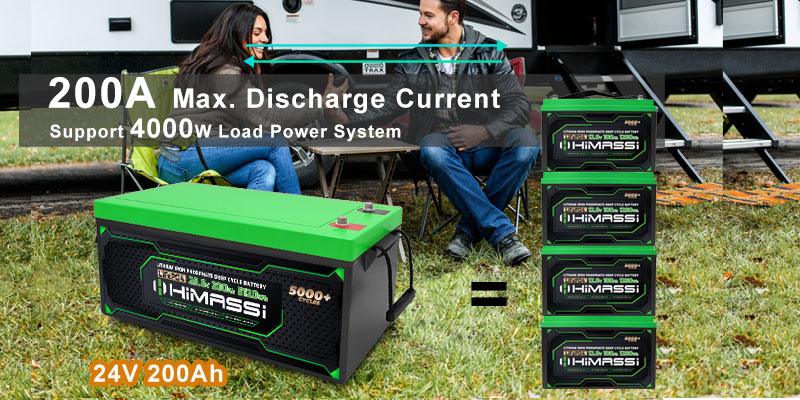US industrial policy may strengthen EV battery supply chain
Vehicle electrification is an important pathway to reducing global greenhouse gas emissions. The supply chain for electric vehicle battery materials relies heavily on China, a dependency that can leave the US vulnerable to supply chain disruptions and geopolitical shifts. The Inflation Reduction Act (IRA) offers meaningful incentives for building batteries in the US and diversifying the supply chain, but some loopholes exist.
A recent study by researchers in Carnegie Mellon University’s College of Engineering has analyzed how much impact the IRA is likely to have on incentivizing vehicle electrification and reducing supply chain vulnerabilities. Anthony Cheng, Ph.D. student in Engineering and Public Policy (EPP); Erica Fuchs, professor in EPP; and Jeremy Michalek, professor in EPP and mechanical engineering and director of Carnegie Mellon’s Vehicle Electrification Group, contributed to this research.

The findings are published in the journal Nature Energy.
The total credits offered through the IRA would enable a manufacturer to receive more in tax credits than the total cost of battery production, but qualifying for the full range of credits would be difficult, Michalek explained.
In particular, the 30D New Clean Vehicle Credit, which offers $7,500, can only be claimed on vehicles for which US-designated “Foreign Entities of Concern”—including China, Russia, Iran, and North Korea—played no role in the supply chain, Michalek said.
In a related study earlier this year, EPP researchers analyzed the extent to which electric vehicle supply chains are vulnerable to disruptions, with a focus on China. That study found that for virtually all chemistries, the entire supply chain would be profoundly affected if China’s exports were disrupted.
At the same time, another recent study by EPP researchers found that electric vehicle manufacturing stimulates the job market, as these vehicles require more jobs per vehicle produced than their conventional counterparts.
The new 30D credit offers a major incentive for automakers in the US and allied countries to focus on their own production means and find ways to develop alternatives to Chinese materials in the supply chain, Michalek explained.
However, a major loophole exists in that the restriction on Chinese-origin materials only applies to vehicles sold. An automaker can avoid the restriction by leasing vehicles and instead claiming the 45W Commercial Clean Vehicle Credit, which is currently worth the same amount as the 30D credit.
A supply chain’s flexibility for diversification does not always line up with its credit eligibility. Notably, lithium iron phosphate batteries have more potential to reduce supply chain vulnerabilities and qualify for incentives, but they have smaller total available incentives than nickel- and cobalt-based batteries.
The study found that the IRA primarily incentivizes downstream battery manufacturing diversification, whereas the impact on upstream supply will depend on how automakers respond to Foreign Entities of Concern and leasing rules.
If enough automakers successfully pivot toward a more lease-heavy business model to skirt the restrictions, the policy may need to evolve in order to remain effective, Michalek said, noting that researchers at Carnegie Mellon will continue to monitor the impact and outcome.
More information: Anthony L. Cheng et al, US industrial policy may reduce electric vehicle battery supply chain vulnerabilities and influence technology choice, Nature Energy (2024). DOI: 10.1038/s41560-024-01649-w
Journal information: Nature Energy



